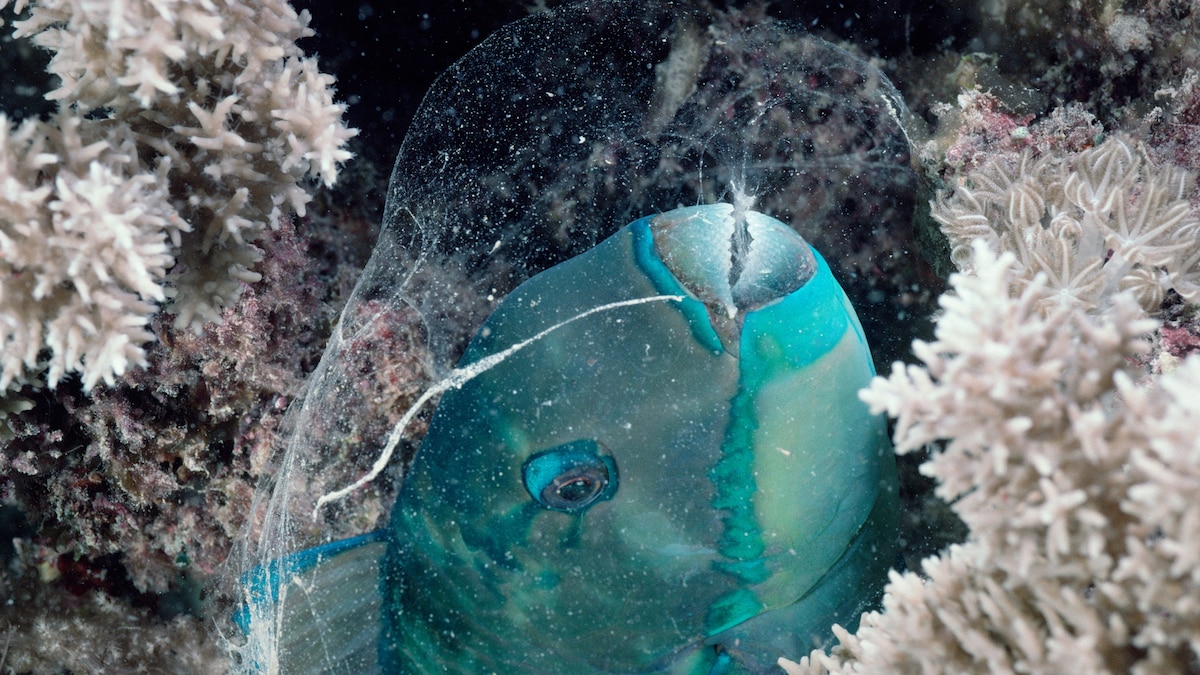Now Reading: Do Fish Sleep? Here’s What Science Reveals
-
01
Do Fish Sleep? Here’s What Science Reveals
Do Fish Sleep? Here’s What Science Reveals

Quick Summary
- Do Fish sleep?: Research confirms sleep-like states in fish, with similar patterns to human deep sleep observed in zebrafish, including REM-like activity.
- Fish Sleep Mechanisms:
– Some fish use ram ventilation for breathing while swimming; others use buccal pumping to breathe without moving.
– Sharks exhibit varying behaviors: carpet sharks shut their eyes to rest, while other reef sharks use currents or unihemispheric sleep techniques akin to dolphins.
- Sleeping habits:
– Parrotfish secrete mucus “sleeping bags” at night for safety and protection from parasites and predators.
– Deep-sea fish likely retain circadian rhythms regulated by genetic clock mechanisms rather than light exposure. Blind cavefish demonstrate rest during the day despite no sunlight.
- Nighttime Activity: Many species have diverse schedules; some are active during the day (diurnal), at night (nocturnal), or around dawn/dusk (crepuscular).
Indian Opinion Analysis
The findings on fish sleep provide profound insights into biological universality and evolutionary traits shared across vertebrates. Zebrafish research highlights strong parallels between human and aquatic rest patterns, implying that fundamental aspects of sleep predates mammals. Additionally, adaptations like parrotfish’s mucus cocoon or sharks’ unique resting strategies show the diversity of mechanisms evolved for survival.
For India, home to biodiverse aquatic ecosystems spanning rivers, oceans, and wetlands-from Ganga river dolphins to coral reef species-the study underscores the importance of preserving habitats where such behaviors can be further researched. Gaining such understanding may aid conservation efforts and also innovations in neuroscience applicable beyond marine studies.




























